Is it time we started living underground?
Our urban future may lie beneath our feet
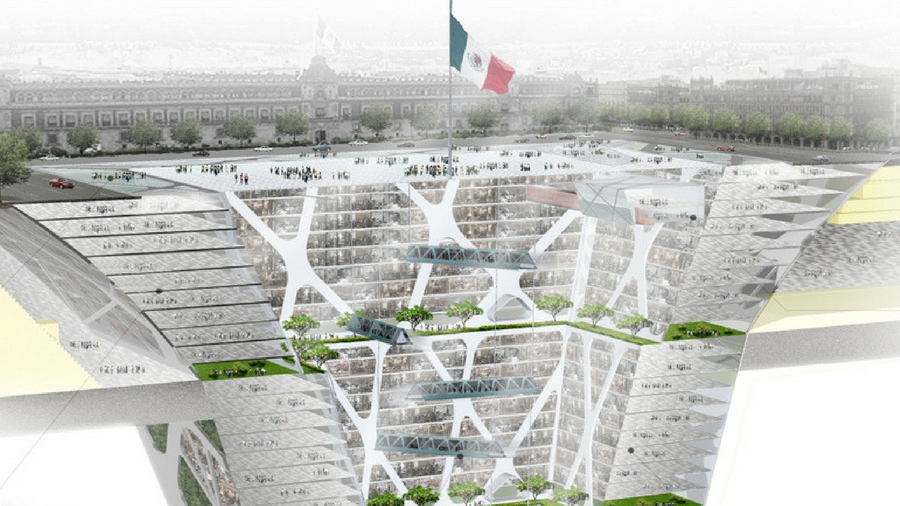
The only way is down
Will we ever get sick of skyscrapers? It's been over 130 years since the world's first skyscraper went up in Chicago, and there are always plans for taller and taller buildings. At 829.8m/2,722ft, the current record holder is Dubai's Burj Kalifa, but already under construction is Jeddah Tower in Saudi Arabia, which will rise over 1km above the Earth's surface.
But what about going down instead of up? While the focus remains on building high-rise, architects are beginning to look underground for all kinds of projects to make our cities work better. Among the most notable is Elon Musk's Boring Company, which recently published plans to build a tunnel network under Los Angeles to ease traffic.
It's reckoned to be about four times more expensive to build down rather than up, but there are factors that make it uniquely attractive. It's warmer down there, so heating bills are slashed, and so-called subterranean buildings are less prone to earthquakes.
So as urban populations soar and real estate in cities becomes increasingly expensive, could we be heading for an ever-more-literal concept of 'downtown'? Here are some of the most intriguing plans for underground construction projects from recent years.
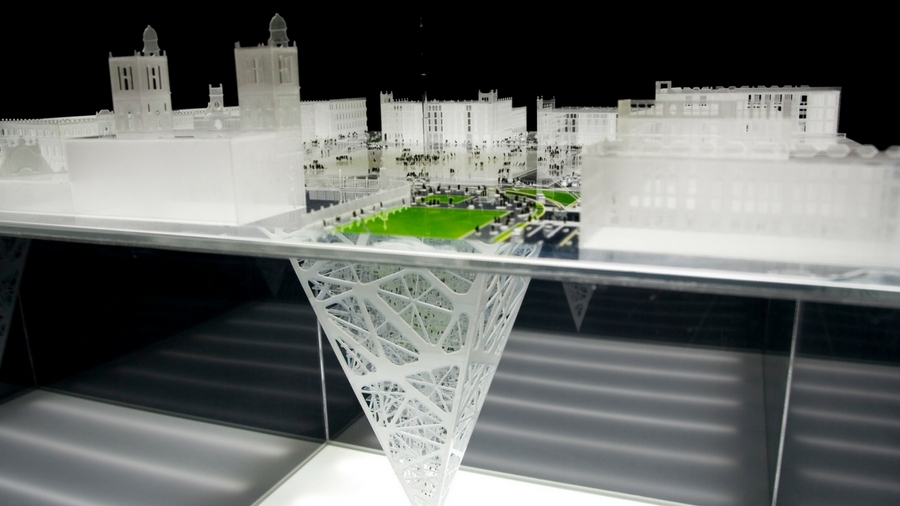
Earthscraper, Mexico City
For architects in Mexico City it's all about planning for earthquakes (a devastating 7.1 magnitude quake in September 2017 was just the latest), and there's a ban on building anything over eight storeys high. That makes the redevelopment of the Zocalo, the city's huge main historic square, particularly problematic.
A radical solution comes from Mexican architects BNKR Arquitectura, which worked-up plans for an inverted high-rise called the Earthscraper. It's fashioned like an inverted pyramid that descends 65 floors into the ground, using glass in a ground-level roof to let natural light into a structure filled with offices, apartments and a museum.
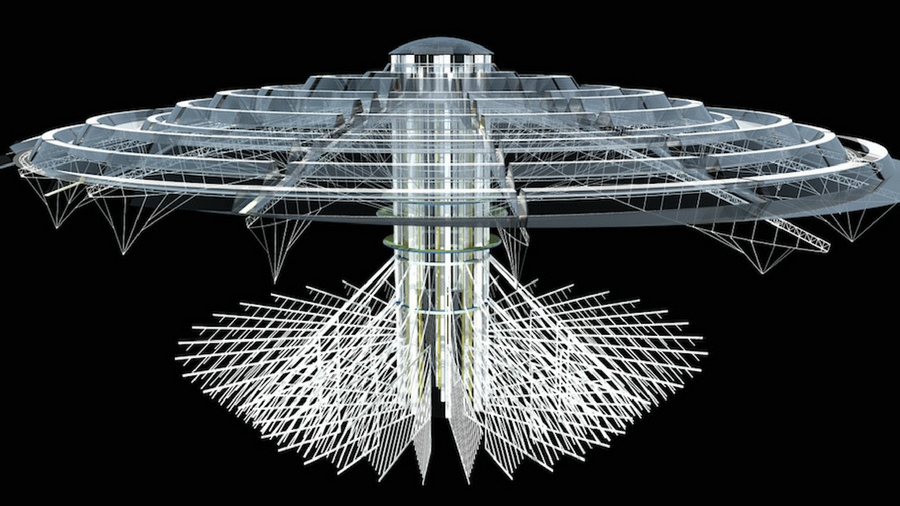
Eco City 2020, Siberia
In the remote industrial zone of Mirniy in Eastern Siberia, Russia, city planners are considering a subterranean Hobbit-hole on a massive scale. The remote Republic of Sakha is a severe place to live, with temperatures ranging from an almost impossible -62°C during the seven-month-long winter to a sweltering 36C-plus at the height of summer.
Add a disused diamond quarry that now resembles a kilometre-wide crater and Mirniy doesn't have a lot going for it, but Eco City 2020 could change all that. It's a garden city designed to attract Russians and foreign tourists to Eastern Siberia. By covering the quarry in a translucent dome, the climate indoors will warm-up and a city would be constructed on three levels inside the crater, with agriculture on the lowest level, a wooded park in the middle for purifying the air, and a city on top.
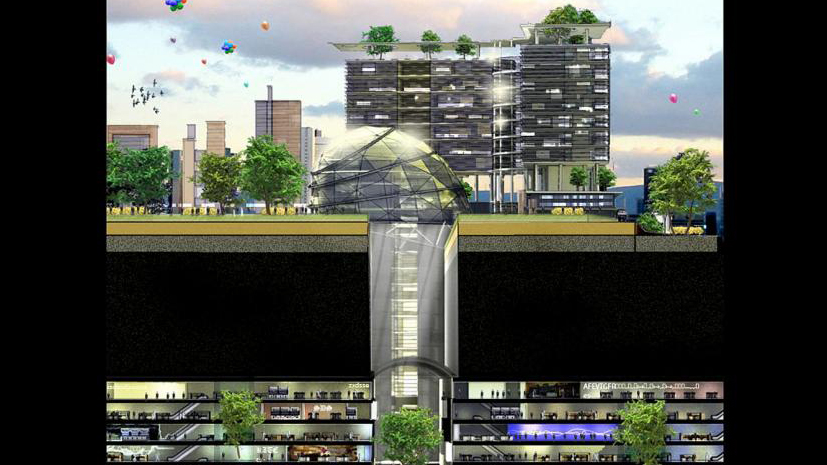
Underground Science City, Singapore
With 5.6 million people squeezed into an island of just 719 square kilometers, Singapore is desperate for space. ION Orchard, a major new shopping mall in the bustling centre, is primarily underground, and there are plans for both an oil storage facility and a 40-year rubbish dump underneath the Lion City.
With space for skyscrapers almost all used up, Underground Science City is a proposal to build a network of 40 caverns under the city's Kent Ridge Park that would extend to around 192,000 square meters. It's designed primarily to house 4,200 research scientists, IT equipment and data centres, hence the name. Will it get built? It's hard to say – some have suggested geological problems with the idea – but crowded Singapore definitely needs such radical ideas.
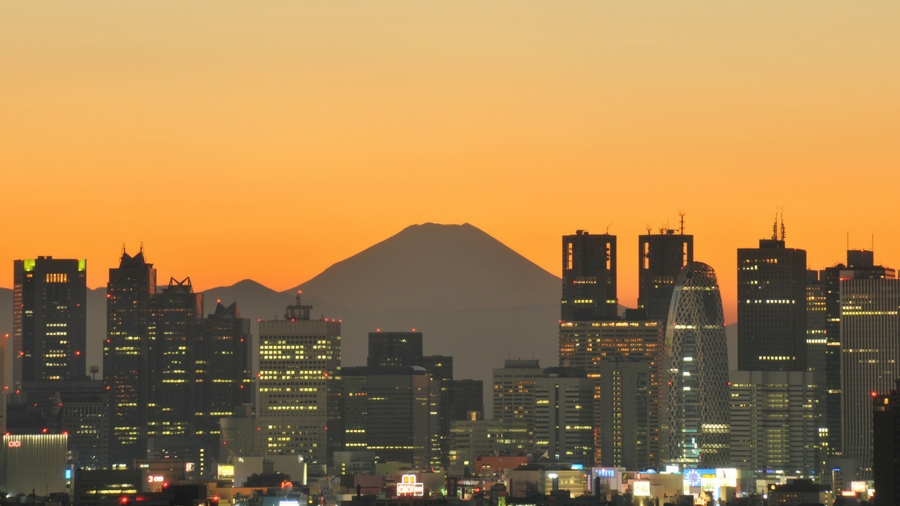
Alice City, Tokyo
Another cramped city in Asia is also ripe for a subterranean spruce-up, but in Tokyo going underground is also about protecting against earthquakes and saving precious energy resources. Proposed a few years ago by the Taisei Corporation of Tokyo, its Alice City (inspired by the world-in-a-rabbit-hole idea from Alice In Wonderland) concept has warehouses, waste recycling, sewage treatment, power stations and factories relocated underneath cities, all ranged around a cylindrical shaft.
The concept also includes offices, shopping centres and and underground train network, with solar domes providing space and light. It also introduces the idea of a 'vertical commute' lasting 10 minutes instead of the hours workers currently spend taking trains to work from Tokyo's vast and often distant suburbs. Taisei estimates that an Alice City for 100,000 people would cost around £2 billion.
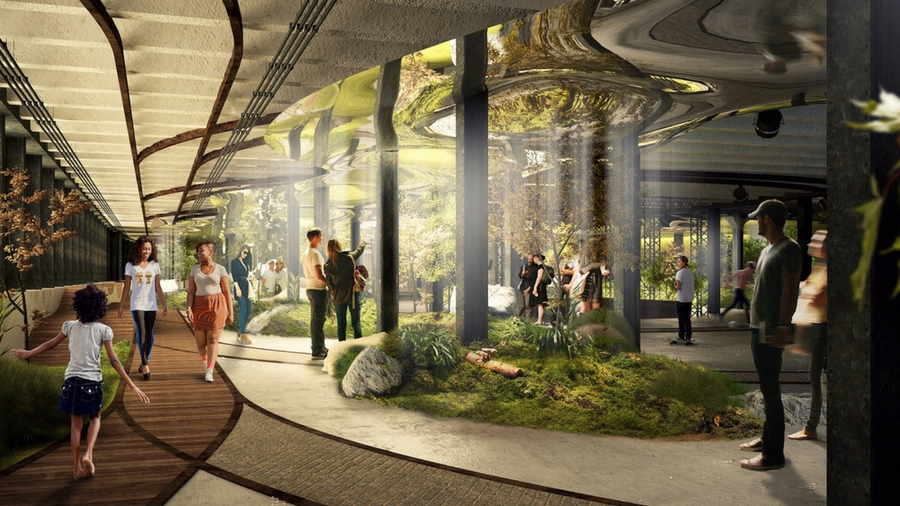
The Lowline, Manhattan
Welcome to the world's first underground park. New York architect James Ramsey of Raad Studio proposes an underground park in the city's Lower East Side, one of the planet's mostly dense urban environments. It's a response to the fact that, despite the lack of space, Manhattan has over 13 acres of disused space underneath its streets.
The concept involves transforming the old subterranean Williamsburg Bridge Trolley Terminal, just below Delancey Street and disused since 1948, into an area of plants and pathways called the Lowline. It will be illuminated by parabolic collectors above ground, which will redirect sunlight underground. The Lowline is projected to be opened around 2021.
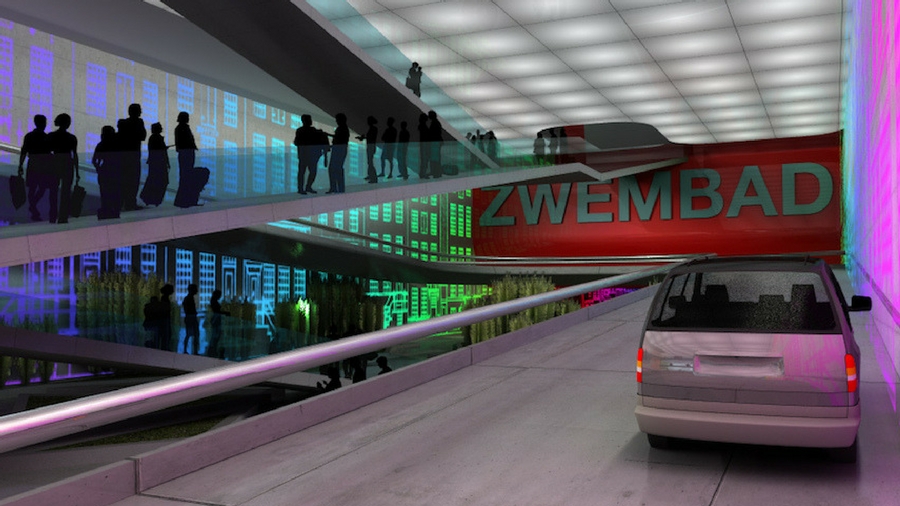
AMFORA, Amsterdam
Creating an urban underground space is all the rage among architects, and no less than 'a city under the city' is proposed by Zwarts & Jansma architects in Amsterdam, a city of narrow streets and canals that's bursting at the seams. The project's acronym, AMFORA, translates into English as Alternative Multifunctional Underground Space Amsterdam.
The plan envisages 50km of multi-storey tunnels and spaces housing underground cinemas, supermarkets, leisure centers and car parks, but also the roads themselves. Every road that spurs off the city's ring road will be tunnelled underground before it gets anywhere near the congested surface of the city center.
Zwarts & Jansma tout the project as CO2-neutral, since exhaust fumes will be filtered and trapped instead of being emitted into the atmosphere, while excess heat in the tunnels could be piped to buildings above ground.

Lava Tubes, the Moon
It's not only on Earth that the idea of living underground is being looked at. Scientists recently discovered what appears to be a skylight leading into a 50km-long underground lava tube on the Moon. Discovered by Japan's SELENE (Selenological and Engineering Explorer) orbiter – also called Kaguya – the lava tubes in the Marius Hills region of the Moon's Oceanus Procellarum may be the best place to build large-scale lunar bases, as they could protect astronauts from radiation, meteors, and extreme temperatures.

Jamie is a freelance tech, travel and space journalist based in the UK. He’s been writing regularly for Techradar since it was launched in 2008 and also writes regularly for Forbes, The Telegraph, the South China Morning Post, Sky & Telescope and the Sky At Night magazine as well as other Future titles T3, Digital Camera World, All About Space and Space.com. He also edits two of his own websites, TravGear.com and WhenIsTheNextEclipse.com that reflect his obsession with travel gear and solar eclipse travel. He is the author of A Stargazing Program For Beginners (Springer, 2015),